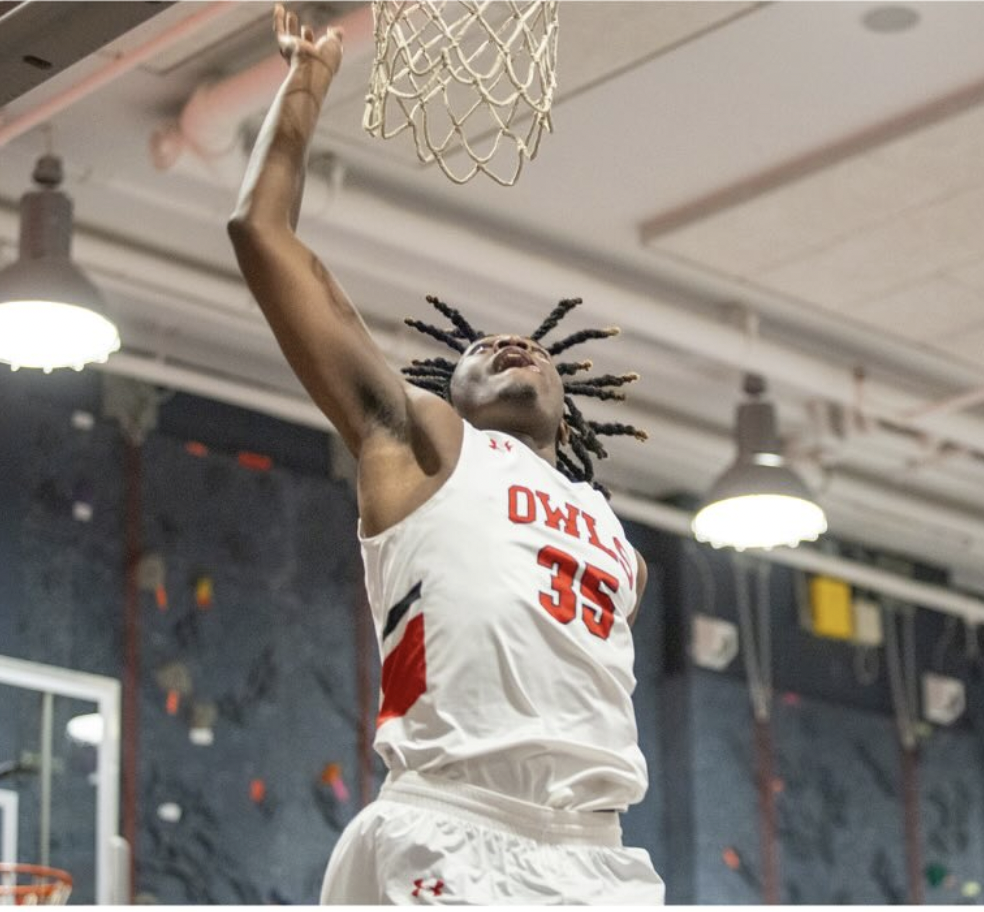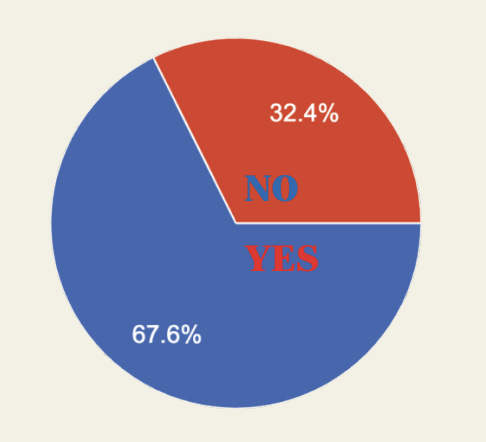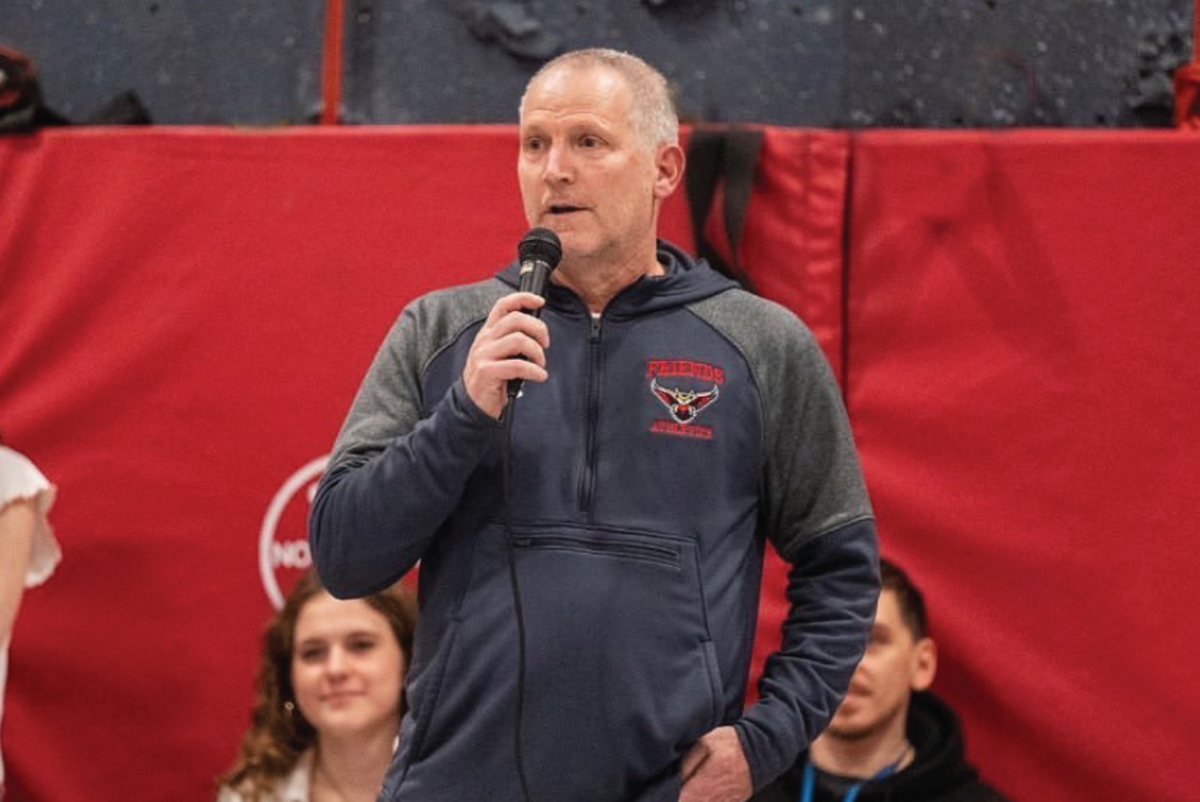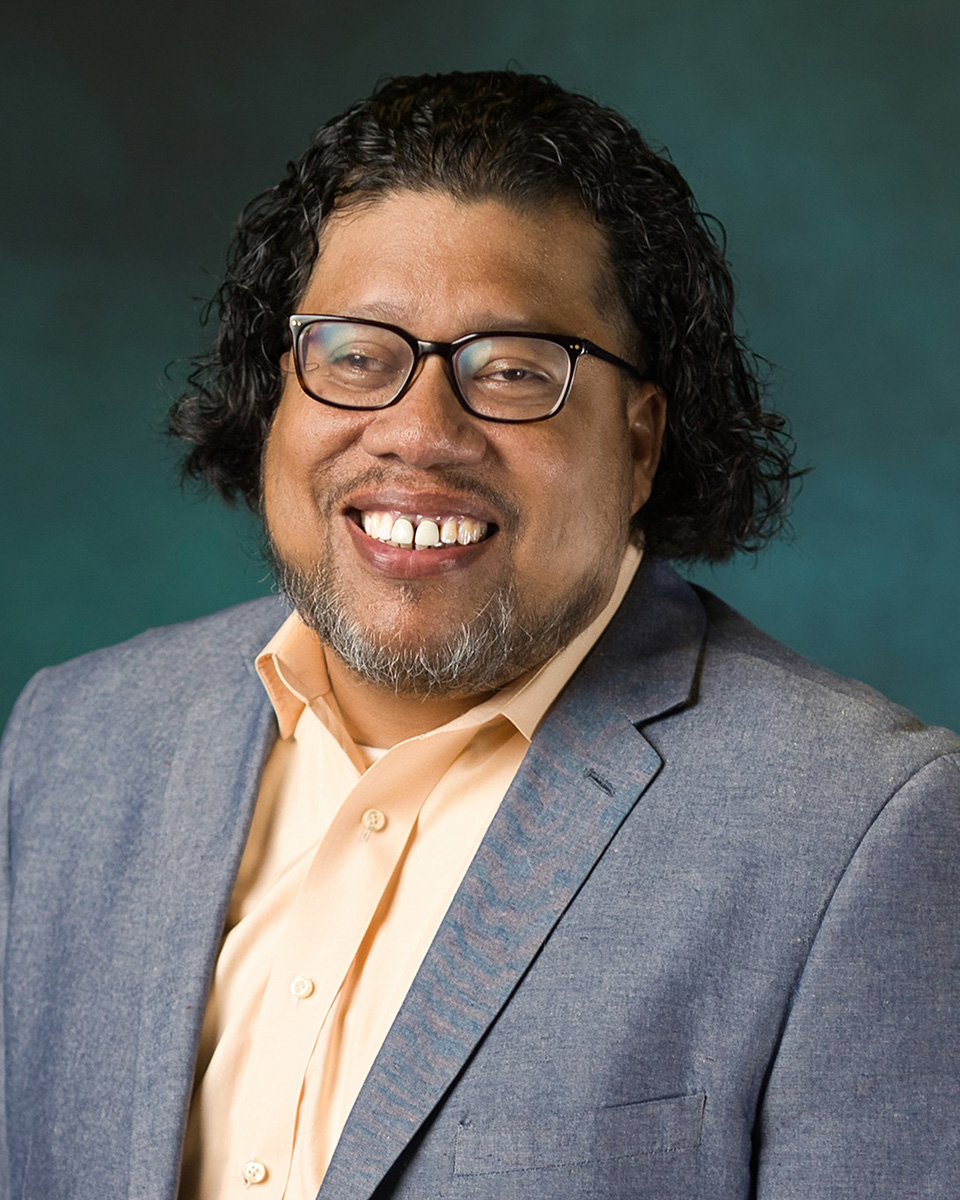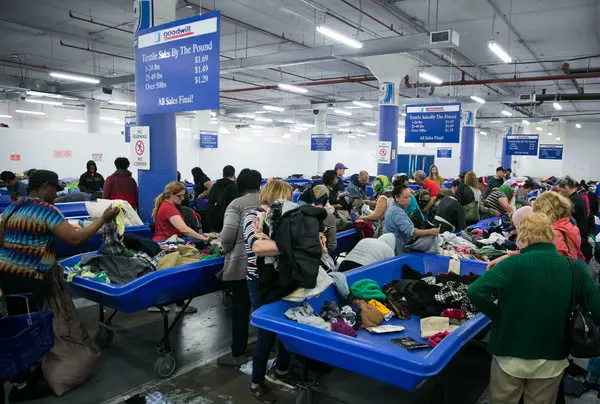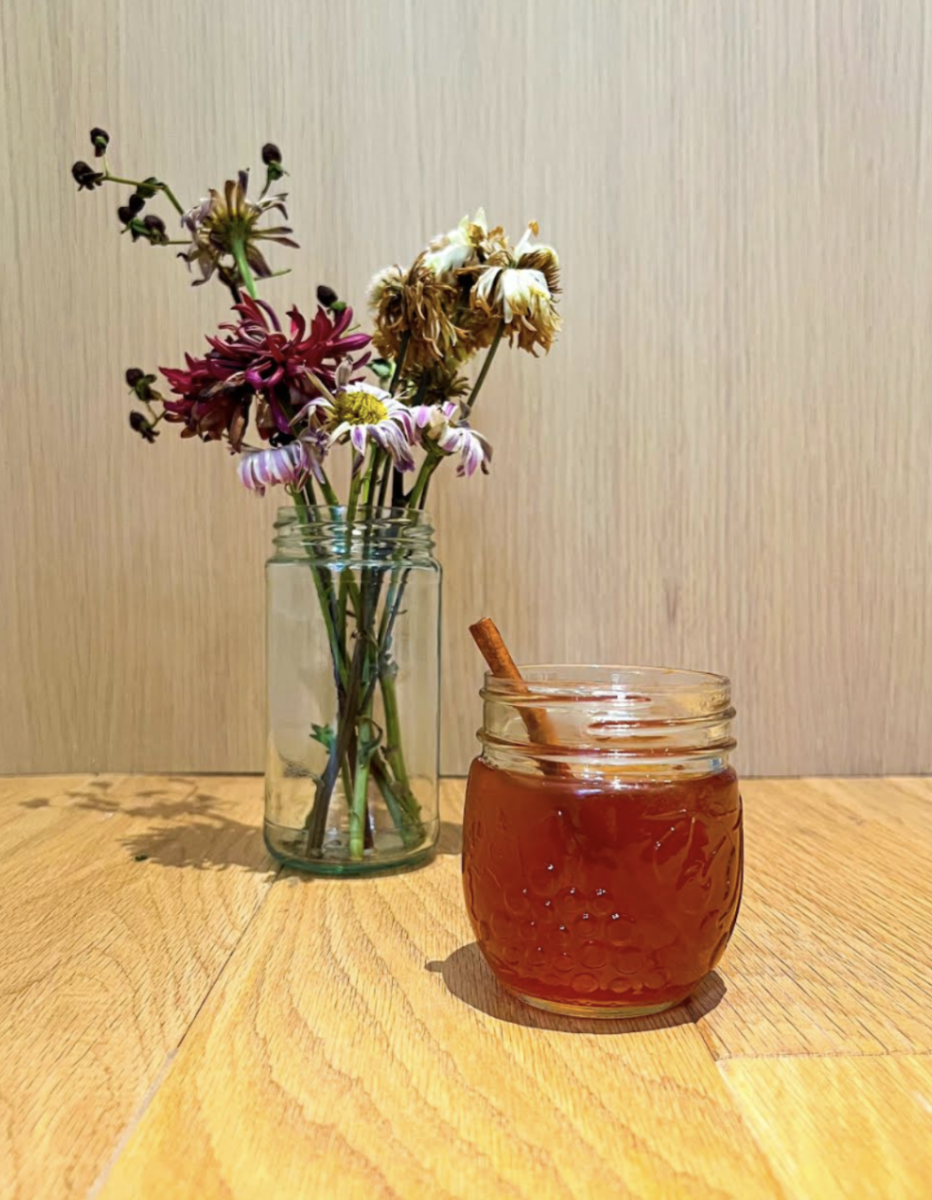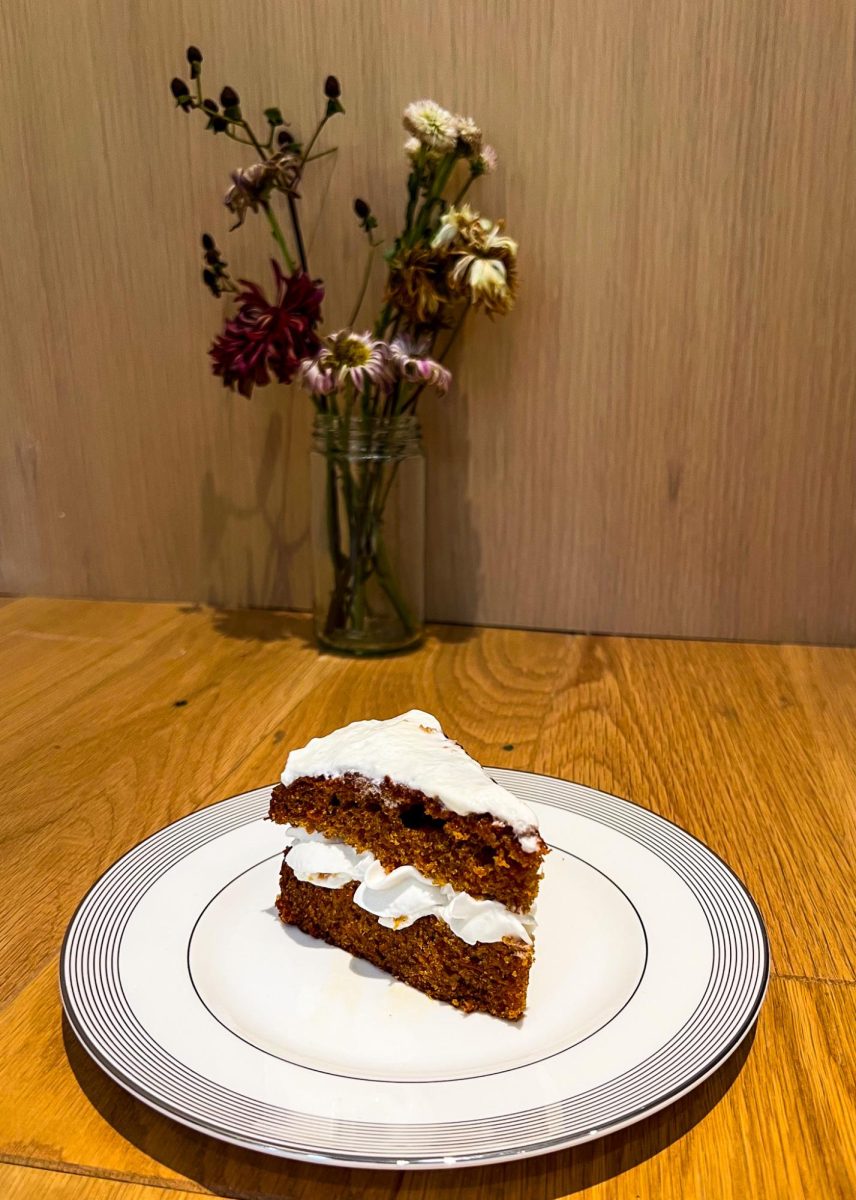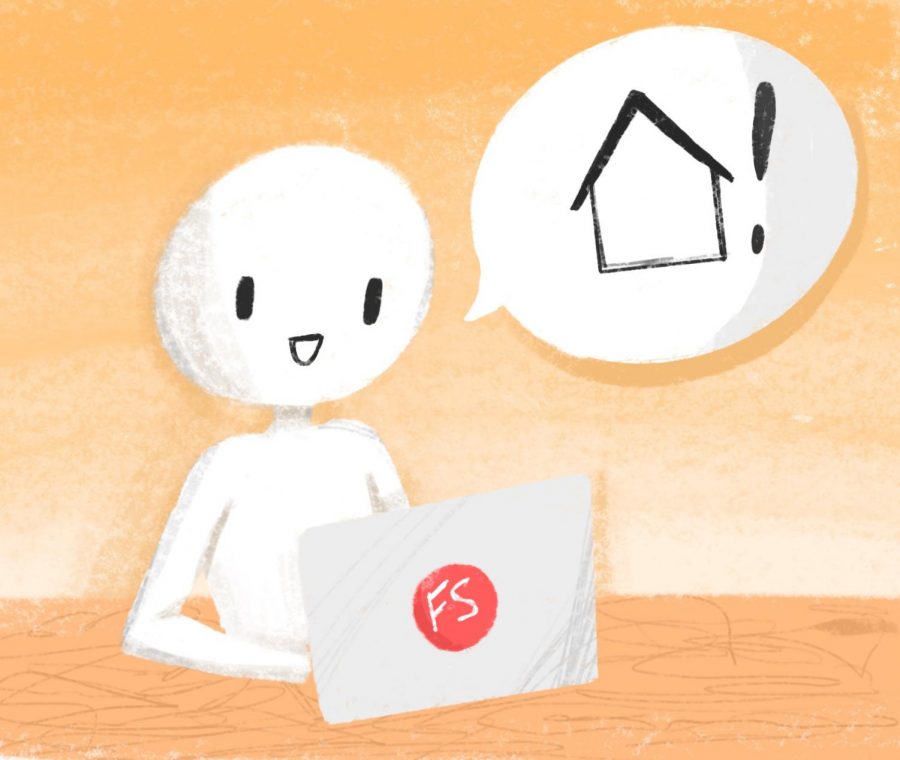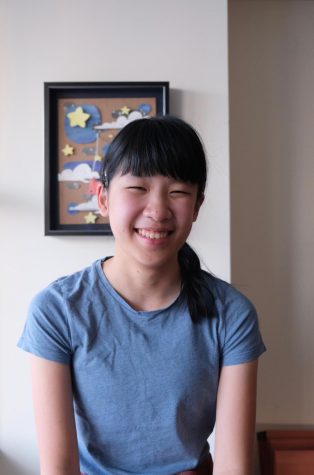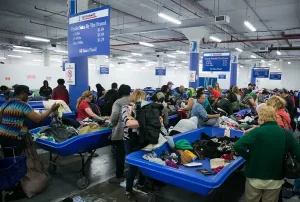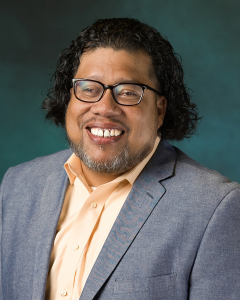Online learning offers benefits to Immunocompromised student
Jamie Palladino ’22 describes the benefit of distance learning as an immunocompromised student
November 2, 2020
As an immunocompromised person, the pandemic has been somewhat challenging. Now that we’re in Phase Four of reopening in New York, people seem to think that masks are more of a suggestion than a requirement—not to say that wasn’t happening when we were in quarantine—and that six-feet-apart no longer applies. However, as an immunocompromised student, I’d say that the online learning hasn’t been all that bad.
When I was in my first nine months of chemotherapy for ALL leukemia, I attended school through New York City’s Department of Education (DOE), specifically the Home Instruction program. The program itself is for students from kindergarten through twelfth grade who can’t attend school physically for a variety of medical reasons. You’re assigned one or more teachers, depending on what classes you’re taking, and they come to your house and do one-on-one instruction. In my case, I had one teacher, whom I absolutely adored, who taught me all of my four classes—history, English, math, and science. For lessons and homework, I followed Friends Seminary’s curriculum, as well as completing additional assignments on programs like Deltamath and Study Island that my teacher assigned. If there was some reason that I couldn’t meet with my teacher, I’d hop onto a Google Hangouts class to make up for my work. Despite suffering from the side effects of chemo during most of my classes, the program was a really good experience for me. When the school shut down and classes all went online, I found that Zoom learning wasn’t actually so different from what I’d done during my freshman year with the DOE. However, there are definitely very stark differences between the two. For instance, home instruction is one-on-one with a teacher physically being in your house, and online school is with classmates over Zoom. Still, both programs are grounded in the idea that, while going physically to school isn’t an option, there are still ways to continue learning.
When the pandemic hit the city, I already knew that staying at home would be the best and safest option for me. I stopped going into school two days before Friends officially closed (though I didn’t know that we’d be closing at the time), a week before spring break. Amidst my panic about COVID-19, I was also wondering and worrying about what I’d miss in class, what work I’d need to do, and what I’d need to teach myself without the in-person aid of a teacher. Once school did close and moved to an all-virtual format, I found it fairly simple to make the switch as I’d already done some sort of unconventional learning before. I won’t claim that it was all a breeze for me—there are always growing pains during a period of change, especially one like this—but I found it easier to adjust than some of my peers due to my prior experiences.
I think the all-virtual format leveled the playing field for me in a sense. If our school didn’t go all online and had students go back physically, I would’ve still had to remain at home for my own safety. That would have meant that I’d be one of the few, if not the only, people who wasn’t receiving in-person instruction and it would have put me at a disadvantage. It would have been harder to engage in a classroom setting if I’d been the only student learning virtually.
The biggest benefit to distance learning for me is that it’s the best way for me to go to school without risking my life. While that may sound dramatic, it’s true. Chemotherapy makes my neutrophil (the white blood cells that lead the immune system’s responses to infections) counts drop significantly, making me vulnerable to a whole host of dangerous infections. If I had to commute to school, I’d be putting myself at risk of not only COVID, but other illnesses as well.
I’m not saying that I prefer Zoom learning over being in-person in a world without the pandemic. I truly miss walking through the halls, sitting with my peers, and eating lunch with my friends. I’ll even go as far as saying that I miss climbing all six flights of stairs to the top of Hunter Hall, despite the fact that the ascension had me winded and slightly sweaty by the time I reached the landing. Distance learning will never be a replacement for being physically present, but I wanted to write this in defense of distance learning. It, once again, definitely isn’t an ideal scenario nor will it ever be, but it allowed me to continue my education during the pandemic without having to risk my health.




